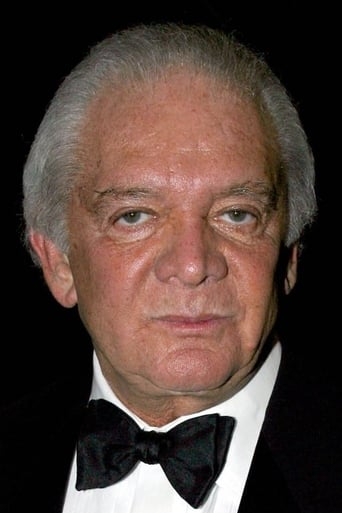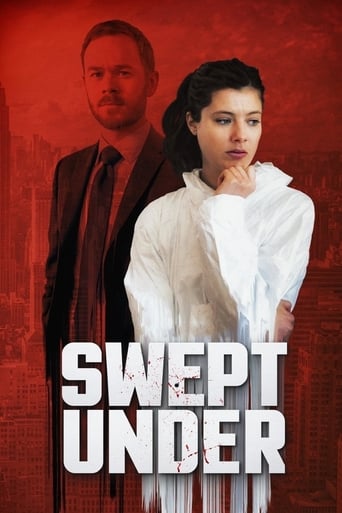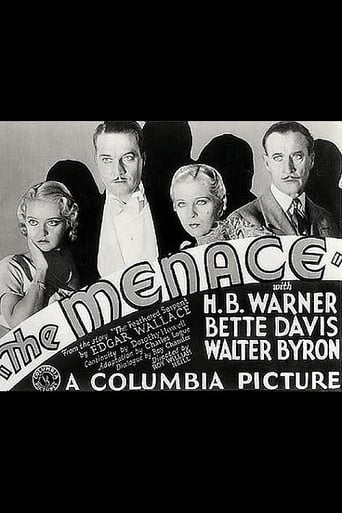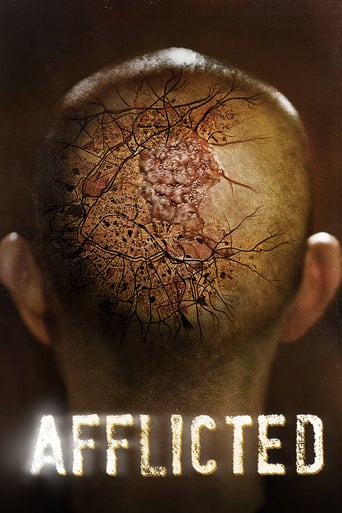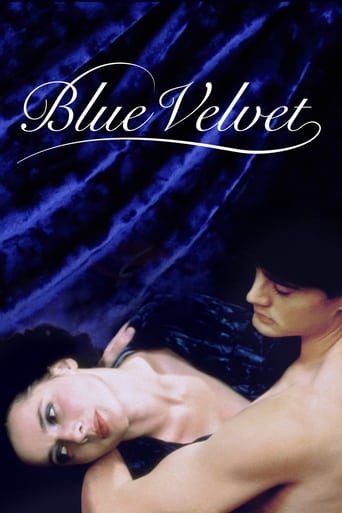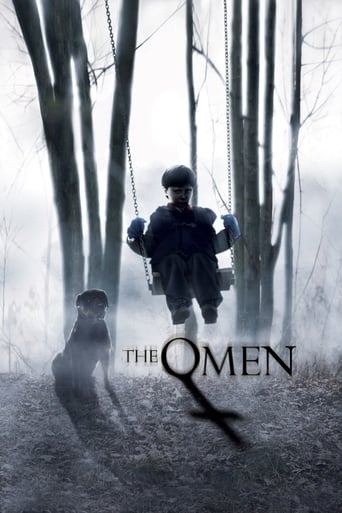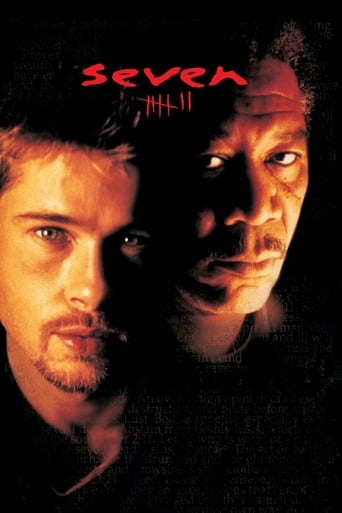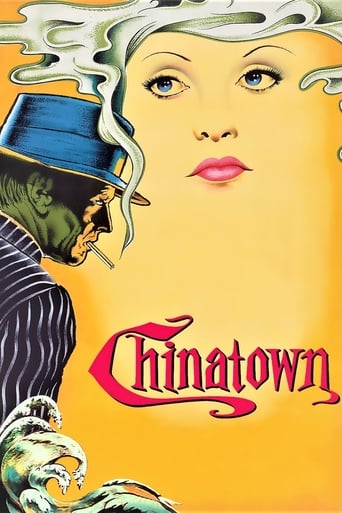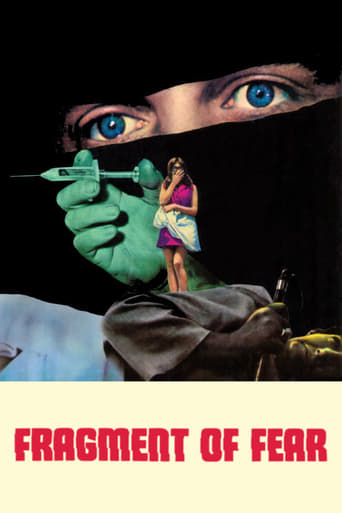
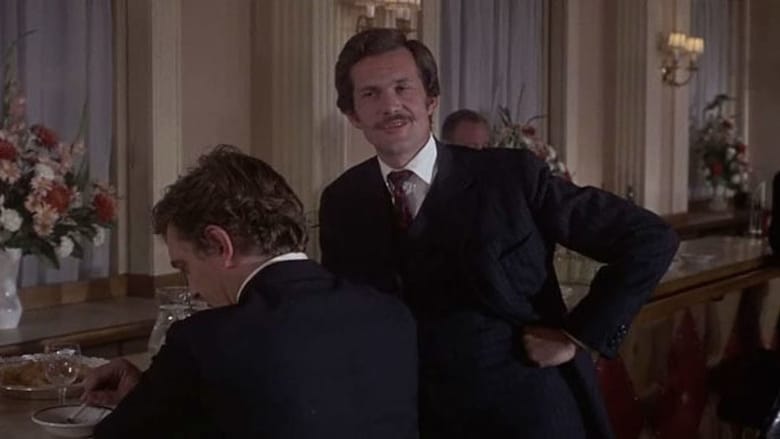
Fragment of Fear (1971)
A reformed drug addict travels to Italy to find out who murdered his aunt.
Watch Trailer
Cast


Similar titles

Reviews
"Fragment of Fear" certainly isn't your average type of whodunit/mystery thriller, and whether or not you like it will entirely depend on your own personal attention span and tolerance towards screenplays that reveal very few clues and depict only a minimum amount of action. Who killed Lucy Dawson, the elderly aunt of recovering drug-addict turned novelist Tim Brett, whilst she was on vacation in Italy and seemingly visiting the ruins nearby Pompeii? More importantly, are we really supposed to care by whom Aunt Lucy got strangled and why, because the script (adapted from John Bingham's novel) remains distant and vague regarding the actual murder and clearly only wants us to worry about the deteriorating mental state of protagonist Tim Brett. Shortly after the murder, and having fallen in love with the witness who first discovered the body, Tim returns to London and decides to investigate the murder himself. Although he discovers almost nothing, he does receive a few unmistakably clear warnings to restrain from looking further. He is repeatedly visited by a peculiar old lady (who turns up dead later), gets threatening letters coming from his own typewriter and someone is laughing mysteriously on his answering machine. The police don't take him very seriously, being a former heroine junkie, and rather than killing him as well, the person (or persons) Tim Brett tries to unmask is merely attempting to bring his persona in further discredit. Yes, I do realize this brief description is rather confusing, but so is the entire film! I'm not even sure if I understood half of it! "Fragment of Fear" is definitely one of the best films ever made in terms of depicting the paranoiac state of its lead character! Throughout the entire film everybody is wondering whether or not everything that is happening is real or not; and even the denouement doesn't provide a conclusive answer. Like Tim Brett mumbles at one point during the film: "Either I am mad and all this isn't happening to me, or else I'm sane and it is " There you go: "Fragment of Fear" accurately summarized in one single line of text. Paranoid or not, the film does contain a couple of remarkably suspenseful moments, a marvelous illustration of London society during the late 60s/early 70s, a catchy soundtrack and a number of solid acting performances. David Hemmings remains one of the most phenomenal but sadly underrated actors of his generation. He carries the entire film, which must have been quite a heavy burden, without a lot of effort. There are many truly gifted actors and actresses in the supportive cast, like Adolfo Celi, Flora Robson and Yootha Joyce, but their screen time is bizarrely limited.
A movie with Hemmings, Gayle Hunnicutt, Adolfo Celi (a serviceable supporting player), W. H. White, about insanity, severe delusions, grief, very accomplished unpretentious craftsmanship, it's not artsy, but stylish, lavish, colorful; the style is a European synthesis, not only British, but continental as well .Very suspenseful, one of the most accomplished genre movies, of an ineffable freshness; the sense of creepiness is as efficient as nuanced and sober. It has an undertone of distorted sexuality, the predilection for aged women, Bunface and the schoolgirls, the eerie but certain appeal of the aged ladies, those kisses; the focus is on eyes, mouths, thighs in their shameless bare luxuriance. Tim Brett's flat gives a very suggestive sense of the place.The young women appear as naked thighs, and so does the seductress in the train, the temptress who knows the writer's address. Also, the leading character's 1st shot shows his legs.Those thighs symbolize the access, not as much denied (by the women), as repellent. He feels threatened by the walk, by the bride's walk . The male characters, beginning with the copper who visits him, are paternal symbols. They are burly. The women's thighs are viscous. The women are cold, tempting, indifferent, desired. The writer resents them. Force, desire, dream, deceit; he feels deceived, and resents health, the insanity proves a stronger temptation than the drugs he used to take.In its depiction of the insanity, the movie shows the feverish phony cleverness of the delusion, with its crippling mistrust; and it's not a moralizing stance, but a clinical one, the twilight of a mind, clinically depicted. The addiction is a _crippleness, and the leading character ends in a wheelchair, i. e. denying himself almost everything, deprived of walk and deprived of rest, unable to walk, unable to rest, dominated by his wife, defeated. The puzzling plot has been meant to be dreamlike. The eerie, spooky story-line from the standpoint of insanity had a worthy career in the cinema, and occasioned other movies as well.Both leads give apposite performances. It's impressive how both of them understood the requirements of their roles.Gayle Hunnicutt is decorative, and her role required a bland act, she had to be a decorative doll. Hemmings made me think of a plumper and more urbane Dean; what might seem like overacting actually suits his part, suggesting the behavior of a psychotic, the feverish, sometimes frenzied behavior.
I thought that this was a brilliant thriller. Hemmings's character is the perfect foil, an admitted addict. He is like a mute who cannot scream at the horror enveloping him. Paranoia and fecklessness bounce off a genuine conspiracy. The tension is almost unbearable.
SPOILER WARNINGThis is a little known gem from the underrated director of the cult road movie Vanishing Point which plays with audience expectations - before undermining them completely in an audacious and unexpected twist.Fans of David Hemmings, who appreciate his work at this time in Blow Up and Deep Red ( to name two of his most famous cult collaborations) will be delighted to discover this performance. Minor characters are also well drawn and much of the location work in London and elsewhere is atmospheric and excellent.The central concern of the film is Hemmings' suspicion that there is a conspiracy afoot attempting, amongst other things, to undermine his sanity. Some of the elements here recall Polanski's work on creating an effect of mental instability in his Repulsion.His increasingly frantic and neurotic attempts to unravel the mystery leads the viewers to expect a tidy denouement, when the true facts are revealed and Hemmings' self esteem and position is restored. Hemmings is too likeable and too much a central figure upon whom the viewer depends to make judgements to *really* be at fault...When in the last moments of the film there is no tidy conclusion to the matter, save the idea that Hemmings is actually unbalanced, and that what has happened has been the result of his delusions, it is far more shocking than a more conventional 'tidy' explanation.. the plot lines, the unexplained elements of the film, are left trailing, just as Hemming's character's sanity is left in shreds. Hemming's final collapsed journey in a wheelchair, both crippled by his experiences and mentally exhausted, is very disturbing. It is as if the viewer is staring into a bottomless pit of madness, where all certainty is stripped away, and ranks with the great moments of horror film.


